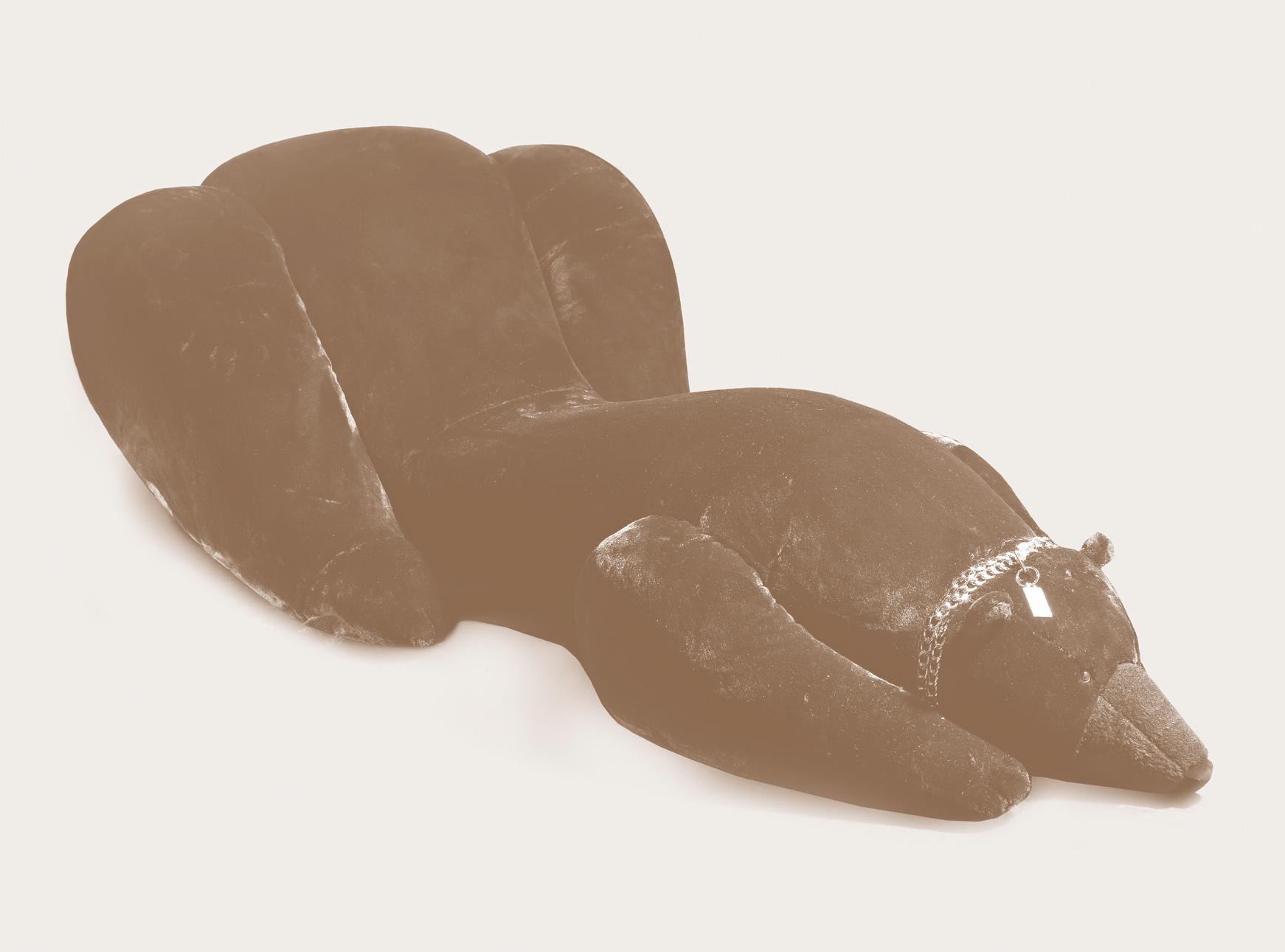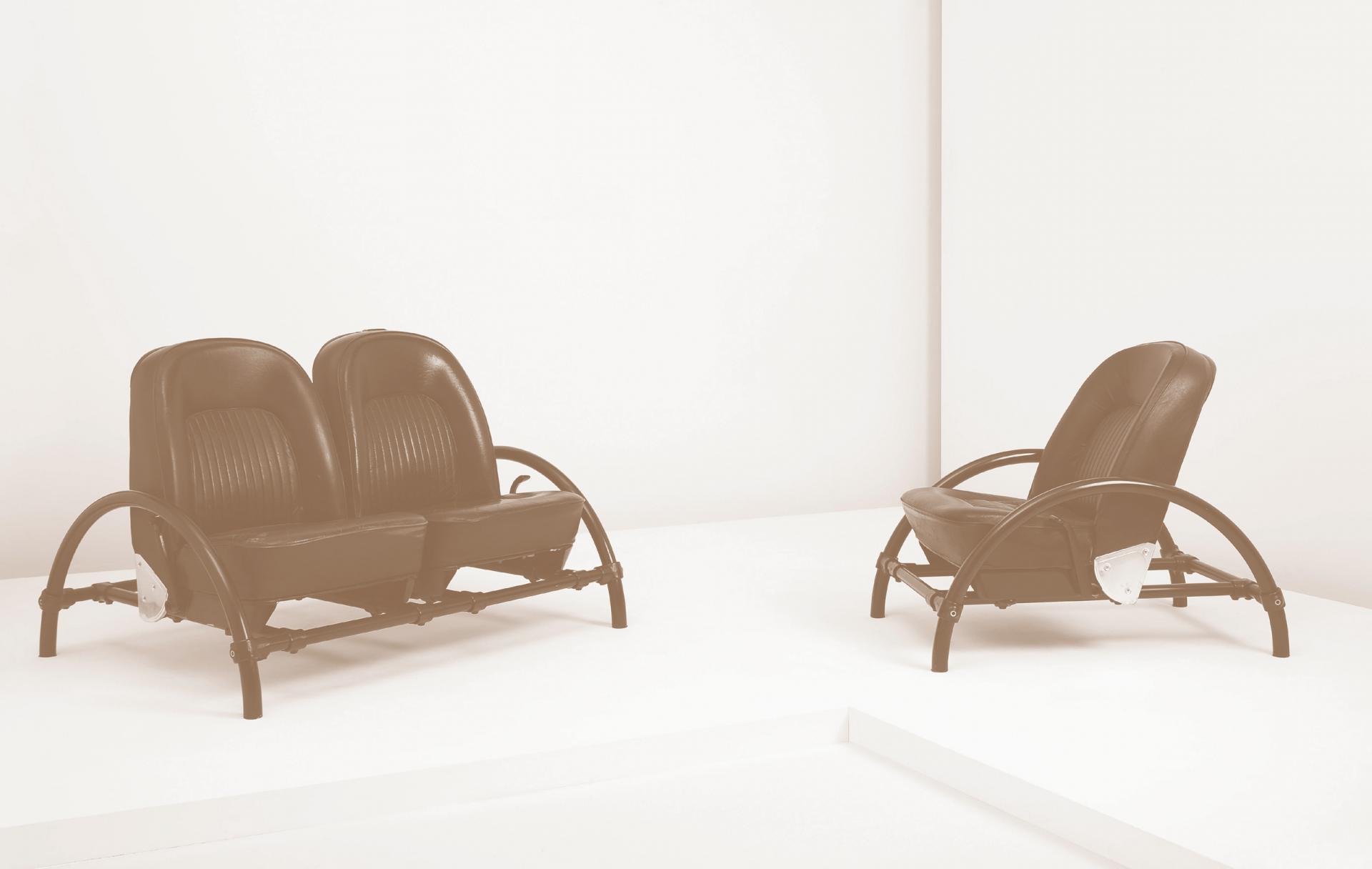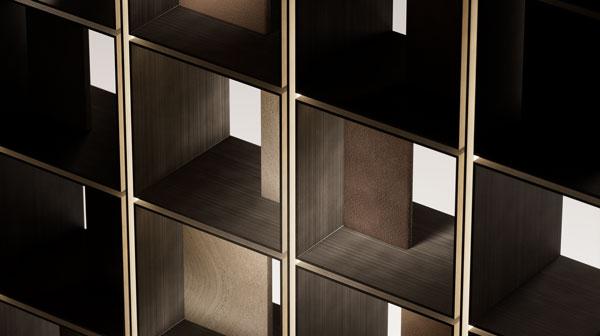Thoughts - Chapter 1
Thoughts - Chapter 1
The spectrum of the ten identity values of Visionnaire and the entrepreneurial formula they have generated trigger the reflections of three contemporary thinkers. Their words and notes form an intuitive range of impressions and sensations through which to explore new viewpoints and to stimulate the assessment of further, original codes of exegesis of a single, unique reality.
Stepping into the Visionnaire showroom in Milan’s Piazza Cavour, the sight of a bear is the last thing you’d expect. And yet there it is, almost 2 meters long, with fluffy brown fur and a thick gold chain around its neck, looking poised to pounce. Dubbed the Dubhe, the bear is in fact a chaise longue conceived for Visionnaire by Samuele Mazza in a shape that seems at once ergonomic and aerodynamic, like a furry fantasy Formula 1 race car ready to zoom about the showroom floor and off into the streets of Milan. A humorous, anthropomorphic hybrid bear-lounge is perhaps not what one would associate with Italian luxury furniture, but that is precisely the point: true creativity is the creation of the unexpected, the circumvention and disruption of expected norms and codes.

Like the Dubhe, the Rover chair makes its meaning by being both radically itself and precisely what it is not.
The Dubhe’s high-velocity look also reminded me of another work of design that disrupts normal relationships to startling effect: Ron Arad’s Rover chair, originally made of two readymade objects found in a London scrapyard — a car seat and a structural tubing frame — it quickly took on icon status and is now found in the most important design collections around the world, including the MoMA in New York. What takes the Rover from trash to treasure is the way it transgresses expectations of how individual objects function. Like the Dubhe, the Rover chair makes its meaning by being both radically itself and precisely what it is not. A chair and a chimera, its creative power resides in how it elides typically separate forms and functions, offering an invitation to see things differently.

Arad’s chair takes on additional importance because it speaks directly to Visionnaire’s founding legacy. Created as IPE in 1959 as a manufacturer of automobile seats, the company channeled its decades of both artisanal and industrial manufacturing exerptise and commitment to quality into the production of high-end furniture. Like the Rover chair, Visionnaire looks to history and to the future at once, recognizing that legacy — of design, of style, and perhaps most critically, of craft — is as important to invention as the promise of the new.
The serial readymade of the Rover chair and the sensual plushness of the Dubhe also read with another type of seat inherent to Visionnaire’s legacy: the escapist comfort bubbles that are the seats in modern movie theaters. It is only fitting that Visionnaire’s flagship finds itself in the storied Cinema Cavour, designed in 1962 by Vittoriano Vigano. The theater is classically a space of fantasy, where the moviegoer gives him- or herself up to another reality. That too is the work of great design — we use it to invent our world, and in so doing, reinvent ourselves. The world of Visionnaire shows this: bold and flamboyant, it forges fearless spaces and encourages experiences that go beyond the mere aesthetic. (Perhaps another reason why Visionnaire regularly supports artist exhibitions in its adjacent gallery space, named Wunderkammer — art as its own form of fearlessness.)
The power of design is its ability to make lofty aspiration into tangible material, only to beget further aspiration and imagination. That’s why decorating a dream house is not about realizing one’s fantasy, but rather creating a platform to fantasize even more. Because truly creative work enables and empowers others to give into the urge and exercise their own creativity. In such a world, objects like a curvaceous bear lounge or a roadster- style chair can be endlessly leveraged to create not just new rooms or homes, but new identities, new experiences, new worlds. Because only creative products encourage us to have wider vision — and to be visionaries.
